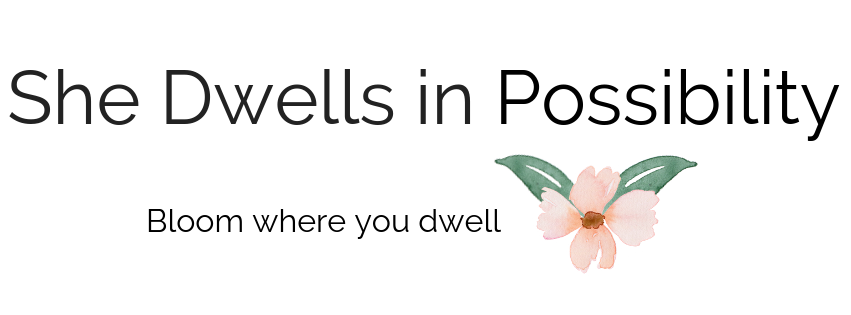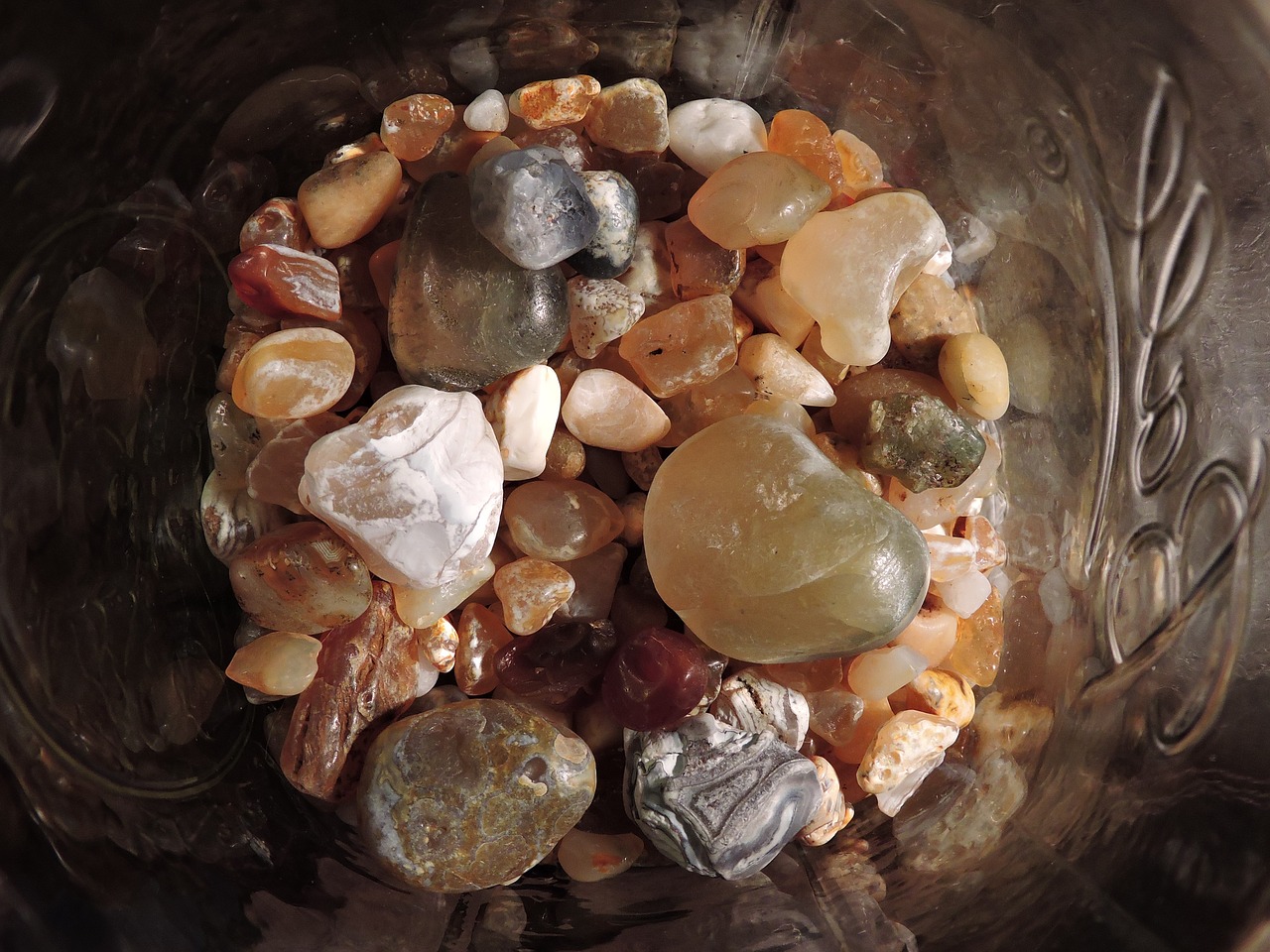You’ve probably heard about this common time management exercise. Someone gives you a jar and a few big rocks, along with a bunch of pebbles and a quantity of sand. Your job is to make everything fit into the jar. (Spoiler alert: the only way this works is if you put the big rocks in first, then allow everything else to fill in the spaces around them. Trying to shove the big rocks on top of the pebbles and sand doesn’t work.)
Ask a handful of your friends what their “big rocks” are. You’ll probably hear them name some of the same items over and over again: family, friends, career. Dig a little deeper, though, and you’ll discover just how big those rocks are.
For instance:
I want to be the kind of teacher who inspires her students to learn.
I want my kids to know they’re always my top priority.
Those are some really big rocks. And part of what makes them so unwieldy is the fact that they are, at least to some extent, beyond our control.
For instance: how do I know whether I’m inspiring my students? Most of the time, I don’t–unless they feel compelled to tell me so. I have no control over when or if that happens. So I build on my skills and wait, wait, wait for someone to let me know that I’ve managed to get the big rock into the jar. (Momentarily, anyway.)
For me, the problem is not that I fail to prioritize my big rocks. It’s that I have too many. And a good number of them are too big for me to manage alone. But I still have just 24 hours in a day–the same old jar–to work with.
Among the big rocks I’m trying to manage right now are the two I’ve already mentioned. There’s also the need to maintain a secure connection with my husband. His health, since he was diagnosed with Parkinson’s Disease last summer, takes up an increasing amount of our time. It also shapes the way we plan for the future–most notably, by requiring that I take over managing our family finances. While I can control setting the family budget, I can’t control every dime we spend. (Nor do I want to. I’m a partner, not a parent, in this relationship.) It goes without saying that I can’t control the progress of Parkinson’s Disease. So these are pretty big rocks over which I have varying degrees of control.
Then there’s my desire to continue being a working writer. Good writing takes time, but it also takes dedication to reading a lot–as I tell my students, you have to feed your brain if you want it to produce. When it comes to writing a blog like this one, letting people know you exist–by marketing your work on social media–is yet another time commitment.
Add to the jar some basic things, like my health–time to exercise and put together healthy meals–and it becomes clear that my jar is very, very full. Sometimes it feels like there’s no space for even a grain of sand.
Some of those big rocks can be broken down, of course. I could spend less time on reading and writing, giving them a pebble’s worth of time. But I can’t be an inspiring teacher of writing if I’m not a working writer. Part of the way I build credibility with my students is by walking the walk. Why should they believe I know anything about the publishing world if I’m not publishing my work on a regular basis?
Change the size of a big rock and the whole balance of items in the jar starts to shift. The question is whether that shift is something you can live with.
Often, we try to make room for the big rocks by clearing out the sand and pebbles, over and over again. Since my word of the year is focus, I did a two-week Facebook detox in early January–and for the most part, I’ve broken my habit of wasting time scrolling through my feed. But clearing out that mess of sand doesn’t guarantee that I’m going to make good use of the free space. (Or, for that matter, that the space will stay clear. Sand has a habit of working its way into every cranny.)
To do that, I’ll have to look at my big rocks differently–turning them over in my mind, considering how I might make them fit against each other in some new configuration. For instance: I can’t control whether I’m inspiring my students. I can focus on making each class meeting organized and purposeful. That makes one of my big rocks seem like something I can manage on my own.
In spite of the fact that it’s almost always the first thing we try, the solution to the problem of managing the big rocks in our lives isn’t always getting rid of something else in the jar. For one thing, that isn’t always possible. But even when it is, we might not like the new arrangement. When the big rocks outnumber small ones, we have to start filling the jar by thinking about how the big pieces can fit together in different ways.
Better to be honest with ourselves about the rocks we’re working with than to struggle against the laws of physics. We all know who wins that battle.





2 Comments
I love this post. I think sometimes our big rocks are more desired results than action we want to be taking. That can feel difficult to approach. I agree that it helps to focus on the things we can control. Never hurts if we can break some of those big rocks into smaller pebbles too!
The results vs. actions question is a good one. Our big rocks should always be focused on things we can do, rather than things we want, since the former is under our control and the latter isn’t always. When our actions aren’t giving us the desired results, we can always adjust those big rocks and try again.